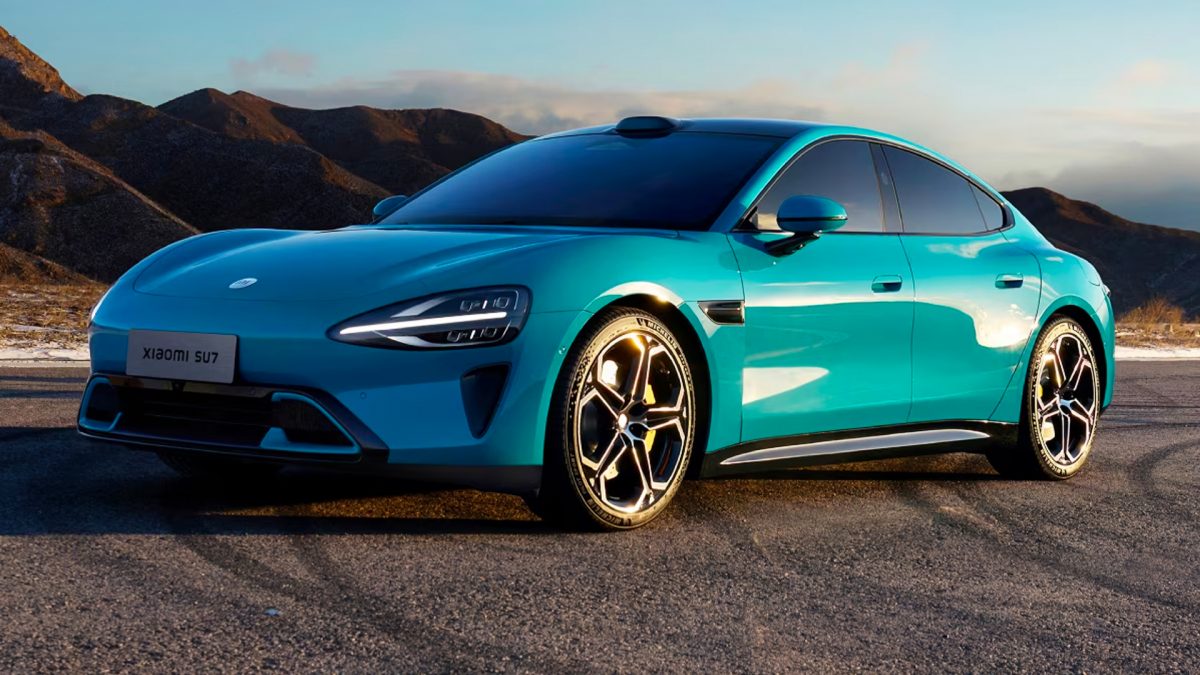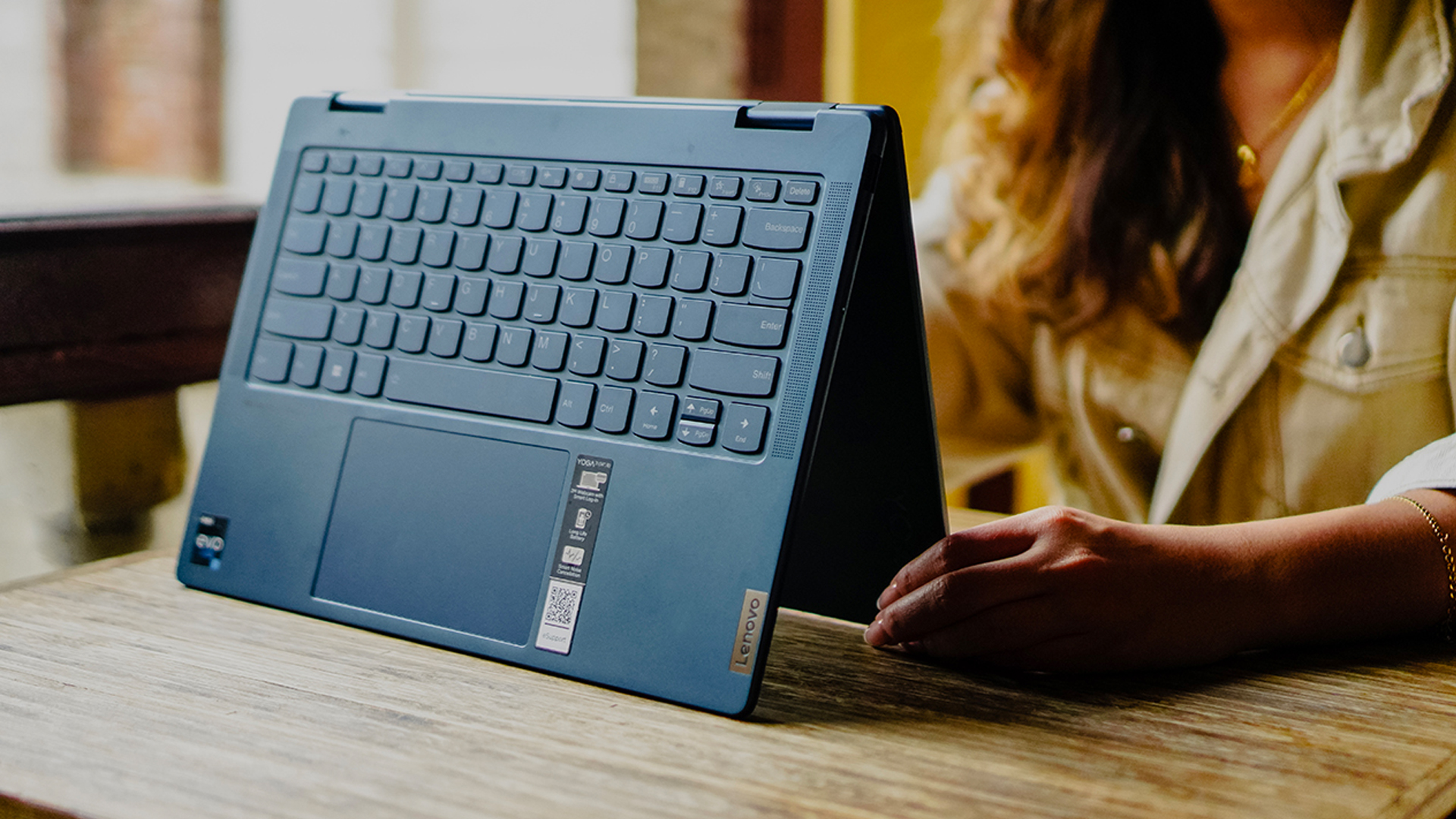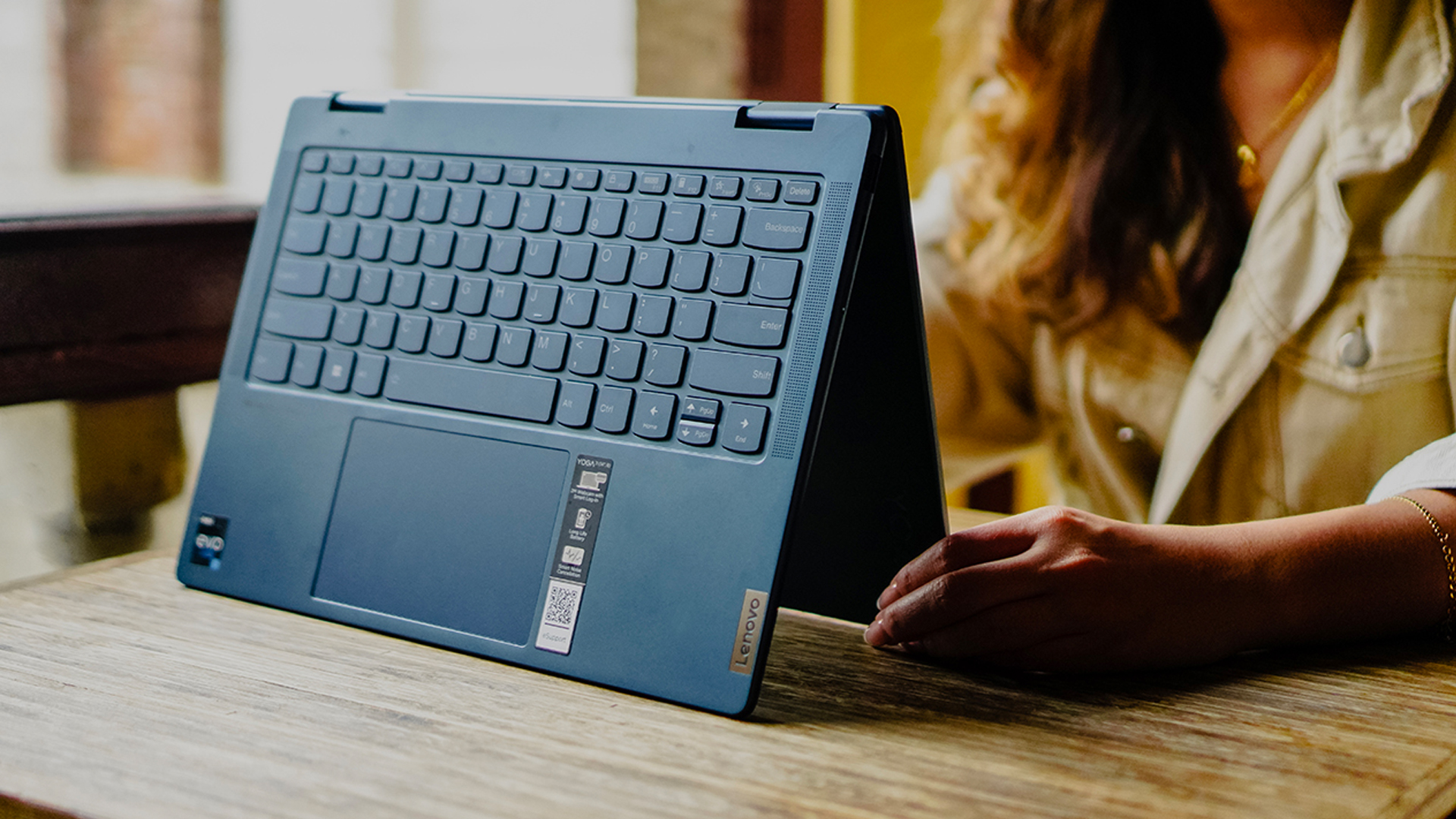Lenovo just launched a new entry-level smartphone, the Moto C in India . The company is planning to target the untapped market that is planning to buy their first smartphone with the Rs 5,999 price tag. The launch of Moto C points to a trend where smartphone makers are trying to expand the market and price segments. This device is the third device this year that smartphone makers have launched in India.
Prior to the launch by Lenovo, Xiaomi launched the Xiaomi Redmi 4 and Redmi 4A . Both smartphones by the company aimed at consumers who are moving to buy their first smartphone. With the companies pushing it in terms of the combination of price and specs, we thought that it is the right time to compare the entry-level devices available in the market.
| Smartphone | Moto C | Xiaomi Redmi 4 | Xiaomi Redmi 4A |
|---|---|---|---|
| Display Size (inch) | 5 | 5 | 5 |
| Resolution (pixels) | 480 x 854 | 720 x 1280 | 720 x 1280 |
| Pixel Density (PPI) | 196 | 296 | 296 |
| Display Type | TFT | IPS LCD | IPS LCD |
| Dimensions(mm) | 145.5x73.6x9 | 141.3x69.6x8.9 | 139.9x70.4x8.5 |
| Weight (gm) | 154 | 156 | 131.5 |
| Dual SIM | Yes | Yes | Yes |
| SIM Type | Micro-SIM | Micro, Nano-SIM | Micro, Nano-SIM |
| Connectivity Types | GSM / HSPA / LTE | GSM / HSPA / LTE | GSM / HSPA / LTE |
| Processor | Mediatek MT6737M | Qualcomm Snapdragon 435 | Qualcomm Snapdragon 425 |
| CPU Cores | Quad-core | Octa-core | Quad-core |
| CPU Clock Speed (GHz) | 4x1.1 Cortex A53 | 8x1.4 Cortex A53 | 4x1.4 Cortex A53 |
| GPU | Mali-T720MP2 | Adreno 505 | Adreno 308 |
| RAM | 1 GB | 2 GB,3 GB,4 GB | 2 GB |
| Ruggedness | – | – | – |
| On-Board Memory | 8,16 GB | 16,32,64 GB | 16 GB |
| Expandable Memory | Yes, up to 32 GB | Yes, up to 256 GB | Yes, up to 128 GB |
| Sensors | Accelerometer | Fingerprint, Accelerometer, Gyroscope, Proximity, Compass | Accelerometer, Gyroscope, Proximity, Compass |
| Primary Camera | 5MP | 13MP, f/2.2 | 13MP, f/2.2 |
| Optical Image Stabilization | No | No | No |
| Camera Array | Single Camera | Single Camera | Single Camera |
| Autofocus System | - | Phase detection | Phase detection |
| Secondary Camera | 5MP | 5MP, f/2.2 | 5MP, f/2.2 |
| Video Capture | 1080p | 1080p | 1080p |
| Flash | LED | LED | LED |
| OS Version | Android 7.0 Nougat | Android 6.0.1 Marshmallow | Android 6.0.1 Marshmallow |
| AI (Smart Assistant) | Google Assistant | Google Assistant | Google Assistant |
| GPS | Yes | Yes | Yes |
| Wi-Fi | Wi-Fi 802.11 b/g/n, Hotspot | Wi-Fi 802.11 a/b/g/n, Dual-band, Wi-Fi Direct, Hotspot | Wi-Fi 802.11 a/b/g/n, Dual-band, Wi-Fi Direct, Hotspot |
| Bluetooth | v4.2, A2DP, LE | v4.1, A2DP, LE | v4.1, A2DP, LE |
| NFC | No | No | No |
| Infrared | No | Yes | Yes |
| Fingerprint Scanner | No | Yes, Rear button | No |
| 3.5mm jack | Yes | Yes | Yes |
| Radio | Yes, FM Radio | Yes, FM Radio | Yes, FM Radio |
| USB Type | microUSB v2.0 | microUSB v2.0 | microUSB v2.0 |
| USB Standard | USB v2.0 | USB v2.0 | USB v2.0 |
| Battery (mAh) | “>2,350 | “>4,100 | “>3,120 |
| Quick Charge | No | Yes | No |
| Colors | Pearl White, Starry Black | Gray, Gold, Black | Gold, Rose Gold, Dark Grey |
| Prices in India (Rs.) | “>5,999 | “>6,999 | “>5,999 |
Verdict
Xiaomi Redmi 4 offers the best value for money at a price of Rs 6,999 when compared against the Moto C and Xiaomi Redmi 4A. One thing to note here is that the comparison only takes the specifications in the account. The reason for this is because Redmi 4 sports Qualcomm Snapdragon 435, which is faster than the processor in other phones in the comparison. It comes with double the RAM in Moto C and equal to the RAM available in the Redmi 4A.
Redmi 4 also offers more configurations in terms of the RAM and storage in comparison to Moto C and Redmi 4A. Last but not the least, Redmi 4 offers HD screen while Moto C offers FWVGA resolution which is laughable at best in 2017.
We have not taken the user experience offered by the smartphones in the account because we have yet to test the Moto C. But going by what we have on paper, the smartphone still packs in the bare minimal to run the Android OS.
Talking about Android what you do get with Moto C is Android 7.0 Nougat, something that is currently a rarity across Xiaomi’s smartphone range. Still, then the 2 GB RAM seems future proof considering that Android Go is not arriving anytime soon. Android Go according to Google will provide the latest version of Android (O in this case) that is optimised to run on devices with just 512 MB RAM. But for now, the Redmi 4 with a metal body, fingerprint reader clearly wins this entry-level showdown.


)




)
)
)
)
)
)
)
)